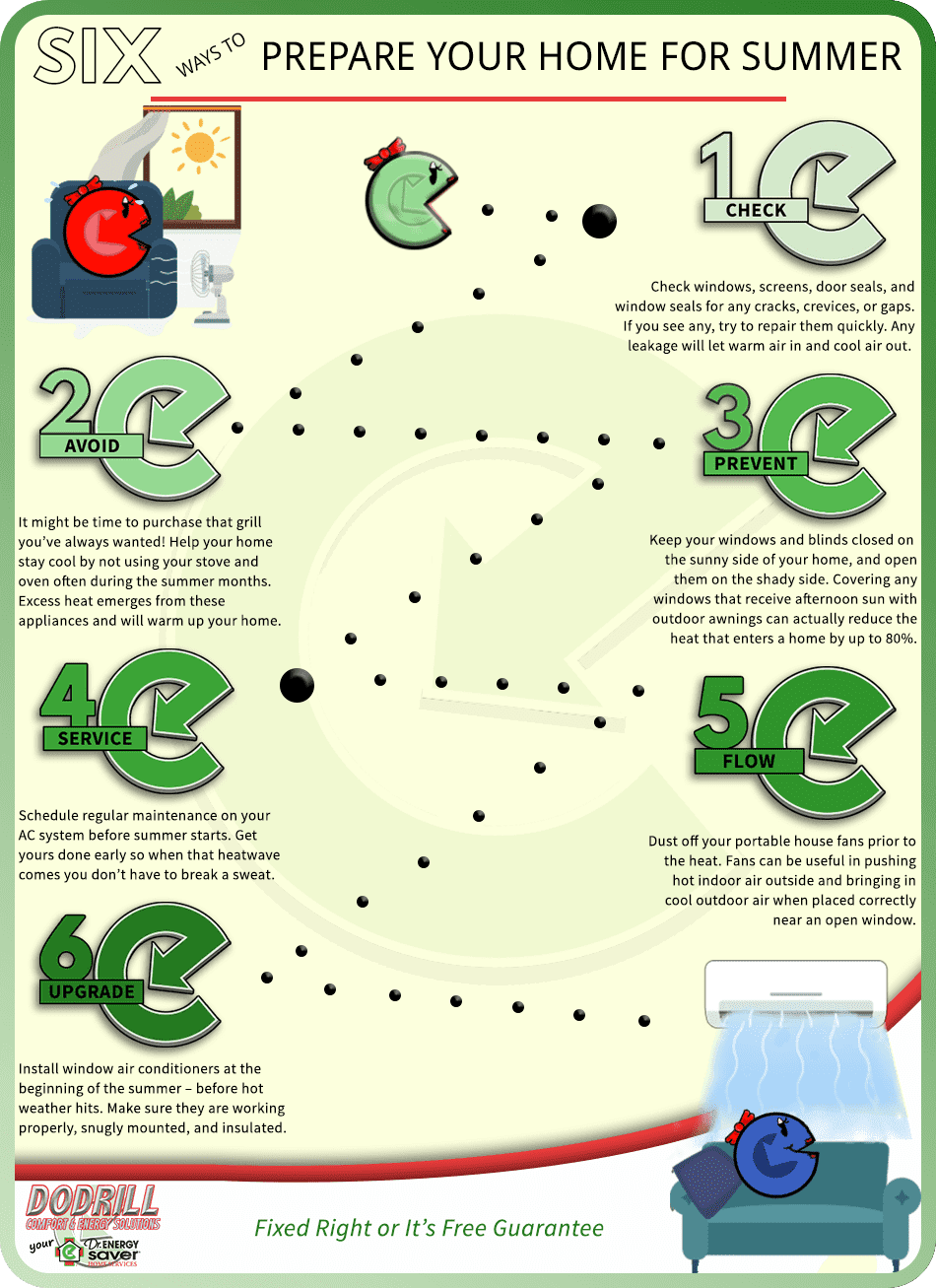The Most Effective Stress Washing Methods For Each Surface Area
The Most Effective Stress Washing Methods For Each Surface Area
Blog Article
Web Content Writer-Stone Mosley
When it involves press washing, the technique you select can make all the difference in achieving a tidy, streak-free coating. You may locate that tough surfaces, like concrete, require a various technique than softer products, such as timber or plastic. It's necessary to adjust your techniques to the surface type to avoid damages while making the most of cleaning efficiency. So, what are window cleaning service near me for every surface, and how can you guarantee you're utilizing the appropriate settings and tools for the work? Let's discover what you require to recognize to obtain the very best results.
Difficult Surface areas
When it concerns pressure cleaning hard surface areas, preparation is key. Prior to you also think about pulling out the pressure washer, make the effort to remove the area of any type of debris, furnishings, or obstacles. You do not want anything getting in your means or possibly damaging your devices.
Next off, check the surface area for any fractures or damages; this will assist you establish the appropriate technique and stress setups.
As soon as you've prepared the location, it's vital to choose the appropriate nozzle. For tough surfaces like concrete or block, a narrow nozzle (15 or 25 degrees) functions best to give a focused stream of water that can successfully remove crud and discolorations. Always begin at a distance and progressively move closer to prevent any kind of surface damages.
As you start washing, maintain the wand transferring to protect against touches and over-saturation. It's additionally handy to work from the top down, allowing dirt and particles to wash away normally.
Ultimately, bear in mind to rinse the surface area completely after cleaning up to get rid of any kind of remaining detergent. With these strategies, you'll achieve a clean and renewed look on all your difficult surfaces.
Soft Surfaces
Pressure washing soft surface areas needs a gentler approach to protect them from damage. Whether you're cleaning your deck, patio area furniture, or exterior siding, making use of excessive pressure can result in damages, scratches, or perhaps permanent harm.
Beginning by picking a low-pressure nozzle, preferably a 25-degree or broader spray pattern, to distribute the water more carefully.
Before you begin, it's important to pre-treat any kind of stains with a suitable cleaning option. This action enables the cleaner to penetrate the dirt and grime, making it simpler to remove without rubbing also hard.
Constantly apply the remedy from all-time low approximately prevent streaking.
When you start stress cleaning, keep a distance of a minimum of 12 to 18 inches from the surface area. Move your stick in a sweeping movement, keeping it alongside the surface area to stay clear of concentrated stress on one area.
Rinse the area extensively after cleaning up to remove any kind of recurring cleanser.
Lastly, inspect the surface area for any type of missed out on areas and duplicate the procedure if needed. By following these actions, you can efficiently tidy soft surface areas while maintaining their stability and appearance.
Specialty Surfaces
Cleansing soft surface areas requires treatment, yet specialized surfaces demand a lot more attention to detail. When you take on these surface areas, like fragile wood, tarnished concrete, or specific kinds of siding, using the right stress washing strategies is crucial to avoid damages.
First, evaluate the product. For instance, treated timber can frequently endure moderate pressure, yet softer timbers like cedar might require a lower setting. Always start with Recommended Resource site and slowly increase if needed.
For discolored concrete, use a follower spray nozzle and maintain a regular distance to avoid etching the surface area.
When handling surfaces like vinyl exterior siding or painted surfaces, a large spray pattern aids disperse the pressure equally, protecting the coating.
It's likewise a good idea to make use of cleaning agents especially created for specialized surfaces. They can improve cleaning without endangering the material.
Wash thoroughly after washing to remove any deposit, as it can bring about staining or degeneration with time.
Final thought
In conclusion, mastering pressure cleaning methods for various surfaces can make all the distinction in your cleaning outcomes. For tough surfaces, stick to narrow nozzles and a top-to-bottom technique, while soft surfaces need a gentler touch with larger nozzles. Don't forget to pre-treat discolorations and rinse extensively to avoid deposit. By adapting your techniques to every material, you'll not only accomplish a cleaner surface yet also secure the honesty of your surfaces. Pleased cleaning!
